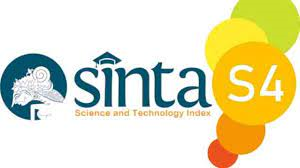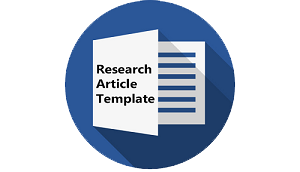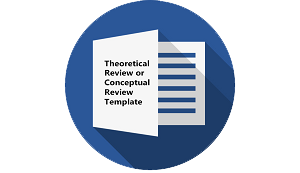A Blended Learning Module on the Writing Academic Purpose Course (A Research and Development Approach)
DOI:
https://doi.org/10.30957/ijoltl.v4i3.608Keywords:
Blended learning; Module; elearning systemAbstract
This study aimed to determine the effectiveness of the module based on blended learning model in ‘Writing Academic Purpose†course, to evaluate the validity of the module based on the assessment by the Context, linguists and media experts used validation sheets. The module was developed using Research and Development Approach (R&D). the outputs of this research was an blended learning module of “Writing Academic Purposeâ€. The module was implemented using the e-learning system of UNU Lampung. The subject of this research was the blended learning module that implemented to the English Department students. The object of the research were the content of the module. The module is declared valid from the validation by validators, the module could improve the students’ reasoning and creativity, the module’s effectiveness is achieved in this study.
Downloads
References
Drucker. P.F. 1999. Management Challenges for the 21st Century. New York: HarperCollins.
Garrison, D. R., & Vaughan, N. D. (2008). Blended learning in higher education: Framework, principles, and guidelines. John Wiley & Sons.
Kim, K. J., & Bonk, C. J. (2006). The future of online teaching and learning in higher education. Educause quarterly, 29(4), 22-30.
Mosa, E. 2006. Puntoedu: a blended e-learning model. Current Developments in Technology-Asisted Education, 6(4), 1744-1749.
Mourtaga, K. (2010). Poor Writing in English: A Case of the Palestinian EFL Learners in Gaza Strip.
Powers.1997. Addie: Instructional Model (online). http://metalab.uniten.edu.my/~iskandar/project/july%2009/ADDIE.pdf. Diakses pada 05 Maret 2019
Pramono. Y. B. H. 1996. Pembelajaran berbasis komputer dalam pokok bahasan present perfect tense mata kuliah structure II pada program pendidikan Bahasa Inggris FKIP Universitas Widya Mandala Surabaya. Tesis PPS IKIP Malang: Tidak terbit.
Prastowo, Andi. 2011. Panduan Kreatif Membuat Bahan Ajar Inovatif. Yogyakarta: DIVA Press
Rahmana, A. Y, Susantini, E & Yuliantini. 2015. Validitas Perangkat Pembelajaran Blended Learning. 04 (2), 848-853
Sudiman, A. S, R. Raharjo, A. Haryono, dan Rahardjito. 2010. Media Pendidikan, Pengertian, Pengembagan dan Pemanfaatannya. Jakarta; PT Raja Grafindo Persada
Sugiyono. 2007. Metode Penelitian Pendidikan (Penelitian Kuantitatif, Kualitatif, dan R&D). Bandung: Alfabeta.
Swail, W.S. 2002. Higher Education and the New Demographics: Questions for Policy. Change Magazine, 34, 15-23.
Syarif, Izudin. 2012. Pengaruh model blended learning terhadap motivasi dan prestasi belajar siswa SMK. Jurnal Pendidikan Vokasi, 2 (2), 234-249.
Wijayanti, W. Maharta, N & Suana, W. 2017. Pengembangan Perangkat Blended Learning Berbasis Learning Management System Pada Materi Listrik Dinamis. Jurnal Ilmiah Pendidikan Fisika Al-BIRuNi, 06 (1), 1-12.
Downloads
Published
How to Cite
Issue
Section
License
Authors who publish with this journal agree to the following terms:
- Authors retain copyright and grant the journal right of first publication with the work simultaneously licensed under a Creative Commons Attribution-ShareAlike 4.0 International License that allows others to share the work with an acknowledgement of the work's authorship and initial publication in this journal.
- Authors are able to enter into separate, additional contractual arrangements for the non-exclusive distribution of the journal's published version of the work (e.g., post it to an institutional repository or publish it in a book), with an acknowledgement of its initial publication in this journal.
- Authors are permitted and encouraged to post their work online (e.g., in institutional repositories or on their website) prior to and during the submission process, as it can lead to productive exchanges, as well as earlier and greater citation of published work (See The Effect of Open Access).












